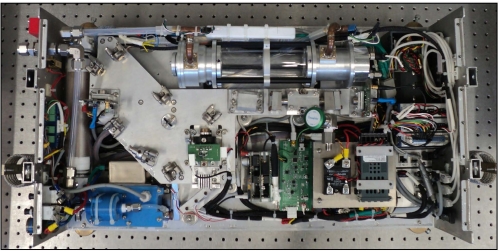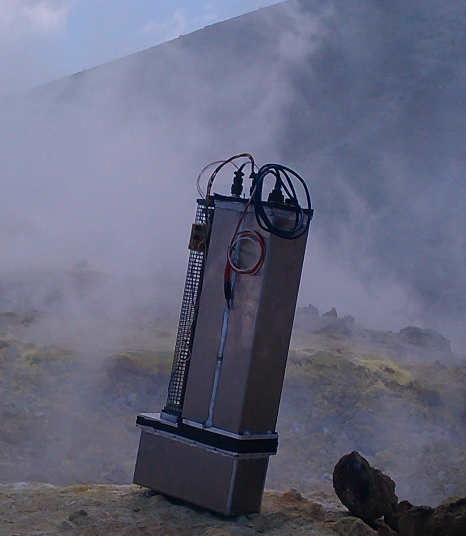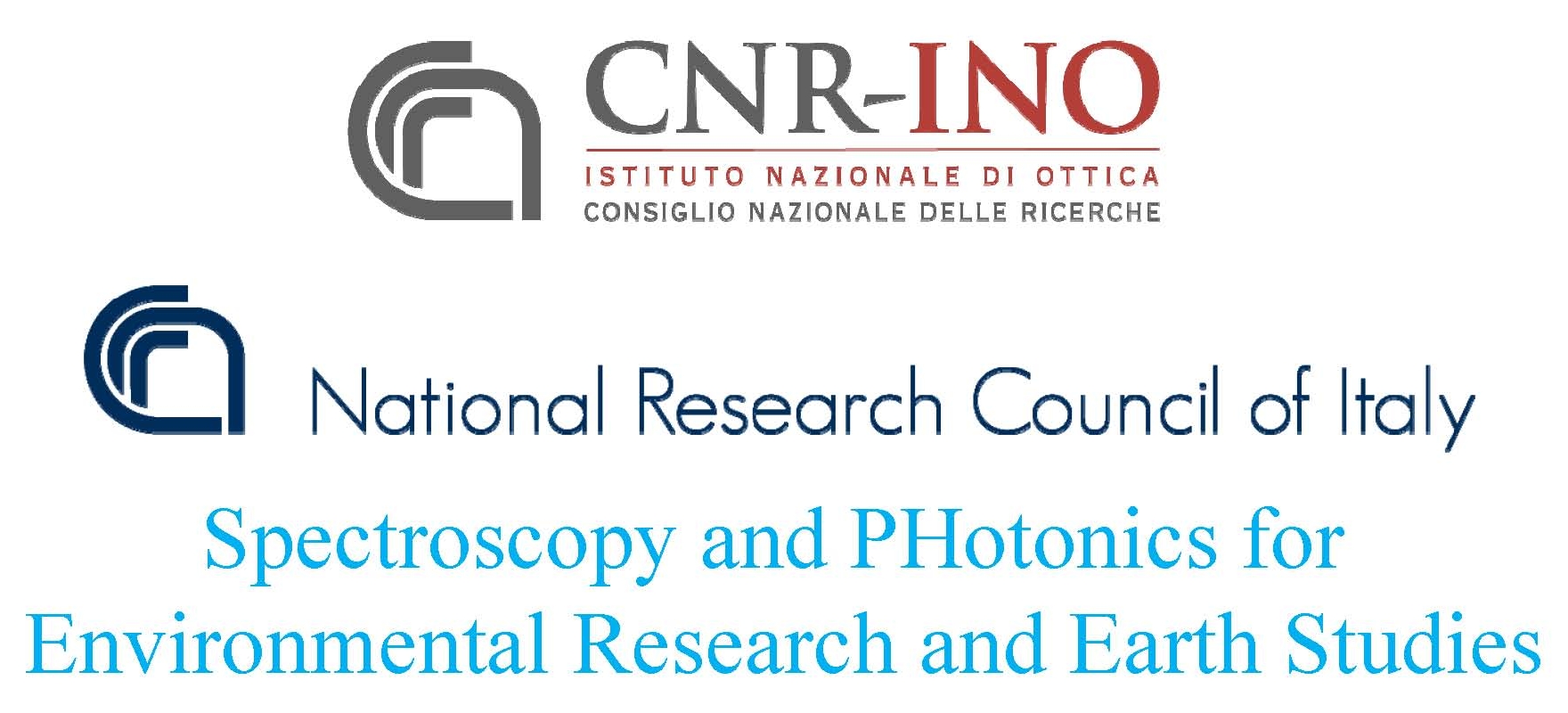Development of Gas Analyzers
The development of our gas analyzers starts from the study of the typical parameters of molecular absorptions (frequency, intensity, width, temperature and pressure dependence), in order to select the best operating conditions (frequency, pressure, temperature, interaction pathlength), the most suitable devices (lasers, detectors, optical components), and the highest Signal/Noise detection technique (direct absorption, derivative detection, Cavity Ring-Down, Quartz-Enhanced Photo Acoustic Spectroscopy).
Stratospheric Mid-Infrared Analyzer
We developed a gas analyzer, based on a Quantum Cascade Laser, for the measurement of trace constituents in the upper troposphere/lower stratosphere.
It was first designed to fly on board of the M55 Geophysica platform (below), and it was recently upgraded to be deployed onboard balloons and other aircraft.
Clilck HERE to access the web page of COLD 2, Carbon Oxide Laser Detector.

UV, Near– and Mid-Infrared Analyzers for volcanos monitoring
Within the frame of CO2Volc project a family of gas analyzers was developed, for the measurement of several parameters:
-
SO2 concentration (UV, LED)
-
HF concentration (NIR, DFB diode laser)
-
CO2 concentration (NIR, DFB diode laser)
-
H2O concentration (NIR, DFB diode laser)
-
HCl concentration and H37Cl/H35Cl isotopic ratio (MIR ICL laser)
All these devices must feature a strong resistence to a very harsch environment, possibility to be operated remotely on the ground (0-3000 m a.s.l.) or on board of aircraft platforms, and insensitivity to external temperatures in the range 0-50 °C.
The SO2 analyzer includes a grating spectrometer, while the other two are based on the direct absorption detection technique.
All the instruments, though with reduced performances for HCl, were gathered in a 3 kg device, suitable for installation onboard drones.


